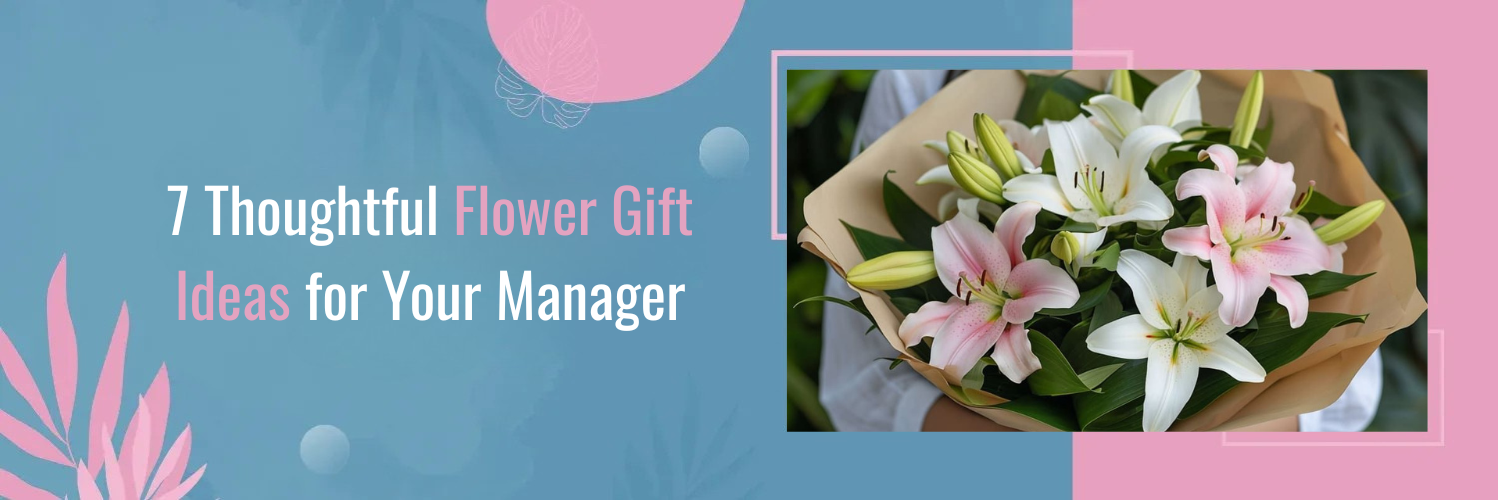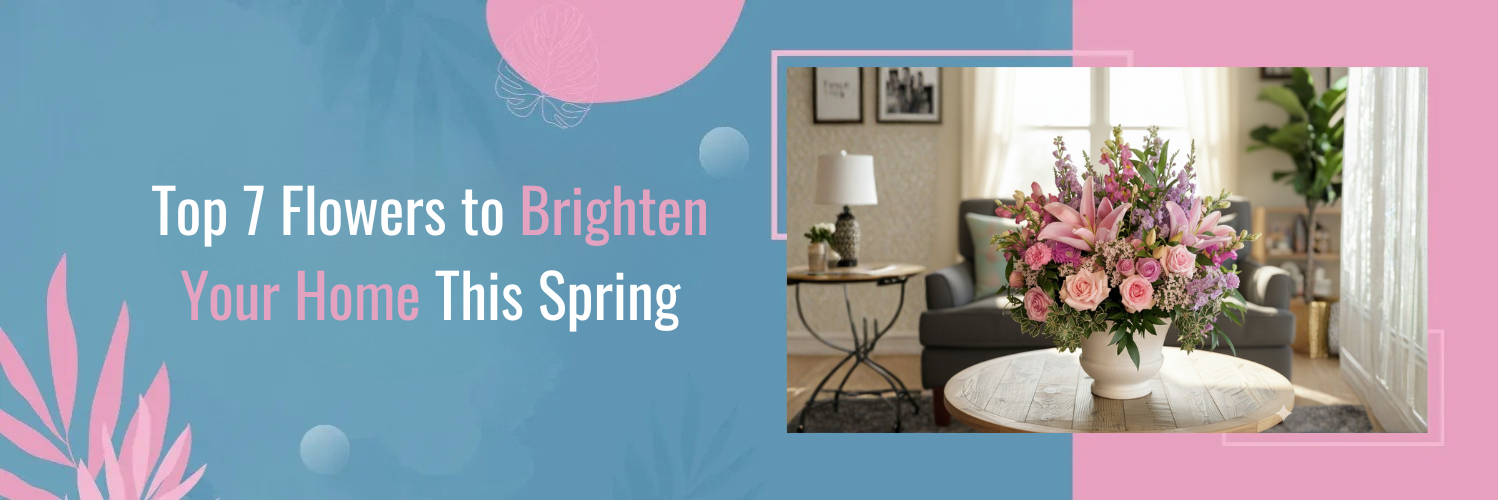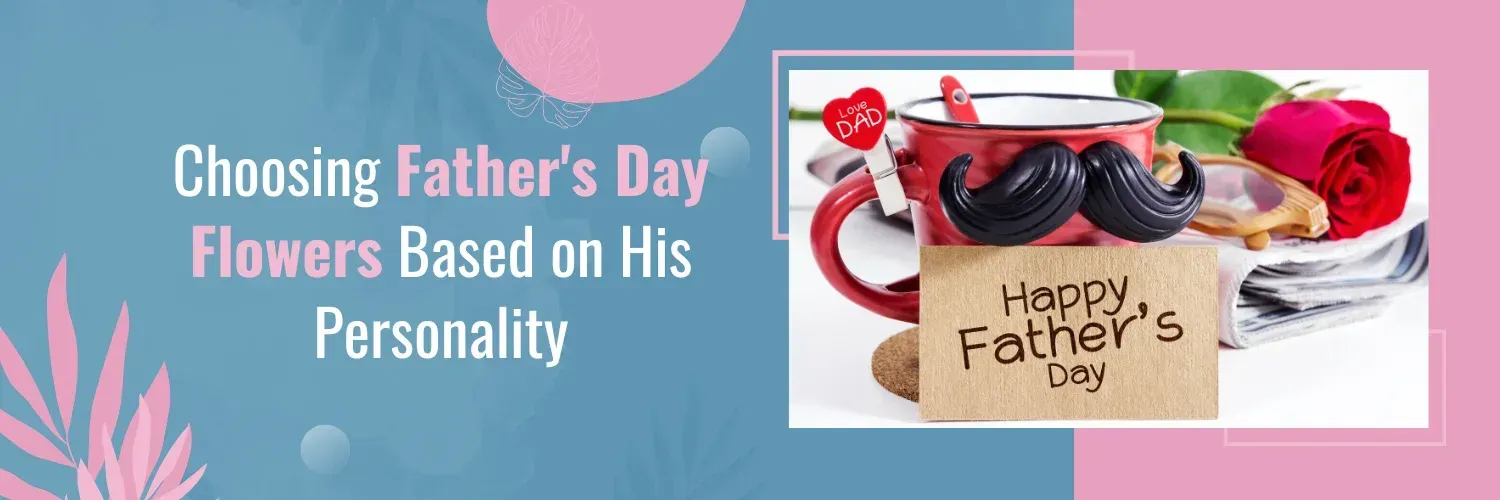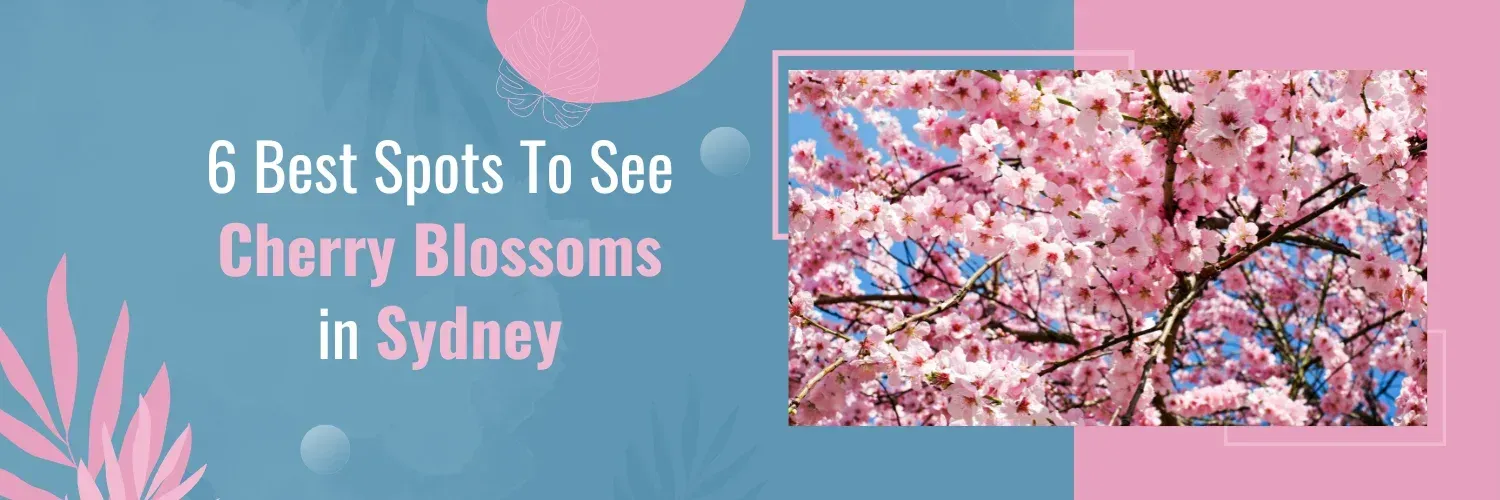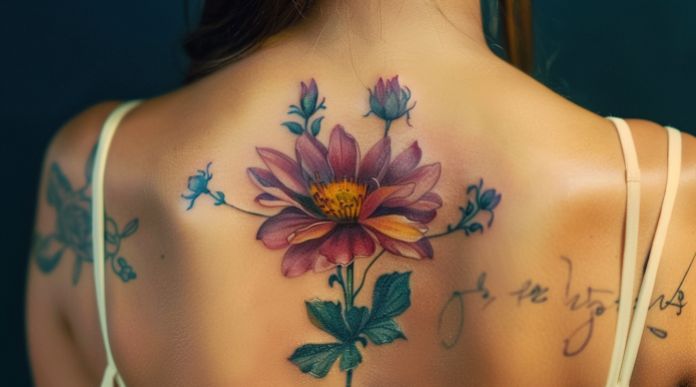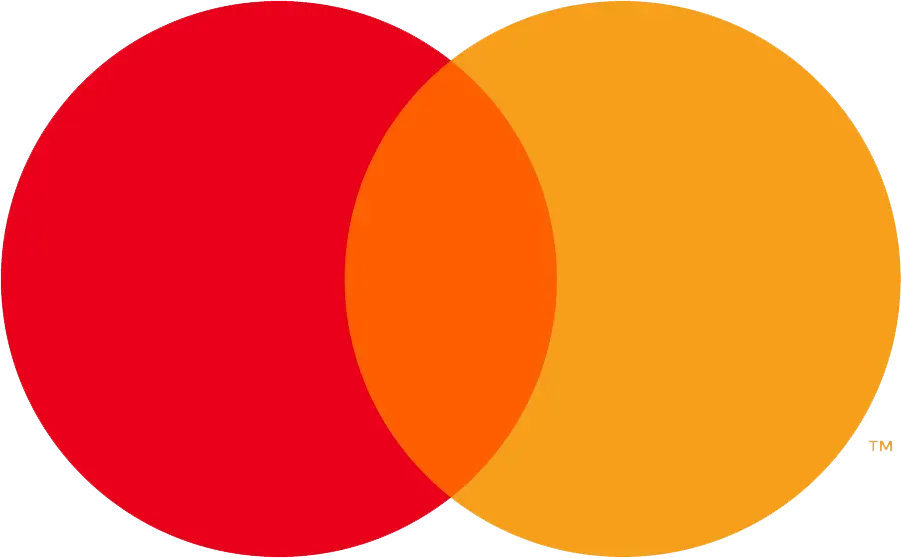What is Ikebana?
Ikebana, which means “making flowers come alive” in English, is a really old Japanese art. It’s way more than just putting flowers in a vase. People have been doing it since like forever, even back in the 7th century.
Ikebana has grown with Japanese culture, becoming a big part of traditions, spirituality, and how they see beauty. It’s all about finding the right balance and harmony between nature and people.
Every part of Ikebana represents something from nature. Ikebana has roots in Zen Buddhism, so it’s like a peaceful meditation that helps you feel more connected to nature and yourself.
The Artistry of Ikebana

In Ikebana, there are some important ideas that shape the art. One of them is called “Ma,” which is about the space around the flowers
, not just the flowers themselves. This idea comes from Zen Buddhism and shows how simplicity and imperfection can be beautiful.
Ikebana also goes against the Western idea of everything being perfectly balanced. Instead, it finds beauty in things being a bit uneven.
Another key thing is the use of lines, shapes, and structure. The main stems represent different things like heaven, man, and earth, while other elements balance them out.
To really master Ikebana, you need to understand how each part fits together to make something harmonious.
Essential Tools for Ikebana
Every artist needs tools, and for Ikebana practitioners, three are paramount.
- The Kenzan,
commonly known as a “flower frog”, is a spiky metal base that anchors plants. Unlike Western floral arrangements which may use foam, the Kenzan ensures flowers stay in precise positions.
- Hasami,
or shears, are designed differently from ordinary scissors, optimized for cleanly cutting plant stems without causing damage.
Simple Steps to Start Your Ikebana Journey

- Pick the right flowers:
Choose seasonal flowers that match colors and shapes found in nature.
- Learn basic skills:
Understand how to cut flowers, position them, and secure them in place.
- Build your arrangement:
Create your Ikebana piece step by step, paying attention to balance and harmony.
- Take care of your arrangement:
Maintain its beauty by changing the water regularly, placing it away from direct sunlight or drafts, and trimming it occasionally.
Different Styles of Ikebana

While the core philosophy remains consistent, various styles have emerged over centuries:
- Rikka, or “Standing Flowers”
, is one of the oldest forms, characterized by its tall and vertical structure, representing the beauty of nature.
- Moribana, meaning “Piled Up Flowers”
, is more recent and can be viewed from all angles, often using a flat and shallow vase.
- The Free Style
is a contemporary approach, blending traditional principles with modern aesthetics, demonstrating Ikebana’s adaptability and ever-evolving nature.
- Shoka style
emerged in the 17th century as a simpler alternative, focusing on naturalistic, asymmetrical compositions using seasonal flowers and branches to reflect balance and harmony.
- Nageire style, translating to “thrown-in” or “cast-off,”
embraces spontaneity with its freeform arrangements, featuring flowers and branches cascading from taller containers in asymmetrical patterns.
Ready to start your Ikebana journey?
Ikebana offers endless avenues for exploration, growth, and enlightenment. Bourkes Florist
offers a curated selection of premium flowers perfect for your Ikebana experience. We are committed to provide you with fresh and high-quality flower arrangements. Check out our flower collection today. Shop now!
FAQs
Q: How often should I change the water for my Ikebana arrangement?
To maintain freshness, it’s recommended to change the water every other day.
Q: Can I use non-traditional flowers or plants in Ikebana?
Absolutely! While traditional elements are significant, contemporary Ikebana embraces innovation and personal expression.
Q: How long does a typical Ikebana arrangement last?
With proper care, arrangements can last a week or more, though the longevity varies with the materials used.
Q: Where can I learn more or attend Ikebana workshops?
Many cultural centers and botanical gardens offer workshops. Online resources, books, and Ikebana societies can also provide further guidance.






